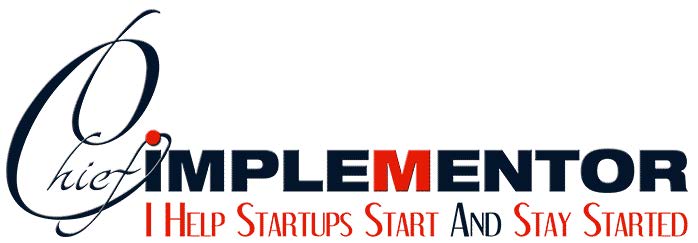Article by Daniel Collins
When it first became economic to use computers for business, companies began searching for appropriate applications. While repetitive calculations, like the ones used for payroll, were no problem to the computer, when attempting to calculate the amount of materials a company would have to buy, problems arose. Material Requirements Planning (MRP) systems, as they were known before ERP systems, had two main faults. Firstly, nobody could work out how to keep the planning systems stable, with every MRP run producing widely different results, due to the fluctuations in demand and supply. Additionally, the MRP systems were driving inventory up, rather than reducing it, due to every fluctuation upwards increasing supply orders which could not be easily reduced.ERP was sold as the solution to these problems. Essentially, ERP systems are the same as MRP systems but with some extra features, which vary from system to system. Typically, human resource management and salaries and document control will be included. The mechanics for implementing a successful ERP are not difficult yet many businesses stumble during the set up of such systems due to not establishing a common agenda throughout the business and ensuring everyone involved has their own needs and objectives met. Once this is established the tools and techniques needed to accomplish this is relatively easy.Key to the successful implementation of the system is a sales and operations plan. This is the process by which financial business plans are converted into operational plans for running the business. If the sales and operations plan is to be a common plan, it must have a common language. The common language is nearly always the things a company produces and the customer buys. After all, having a sales department talking about the value of orders received is useless when the factory want to know what to produce and when. The sales and operations plan is the starting point for master production scheduling, a way to get everyone working in synchronisation before improving control of the business using ERP as the tool.Once set up, the main role of the Master Production Schedule is demand management. This is a commercial process and so must be taught to commercial people. Demand management utilised properly gives a higher level of customer service and more stable manufacturing with lower inventory, meeting everyone’s business objectives. An enterprise resource planning system is the only tool you need to achieve a change in business performance but it is not a solution in its own right. Factors such as sales and marketing departments providing a regularly updated forecast of the product they need to meet the market needs and when they need it and when Operations recognise it’s in everyone’s best interests to follow the plan are key to the success of your business and ERP system.
Daniel Collins writes on a number of topics on behalf of a digital marketing agency and a variety of clients. As such, this article is to be considered a professional piece with business interests in mind.
Find More Sales And Operations Planning Articles
